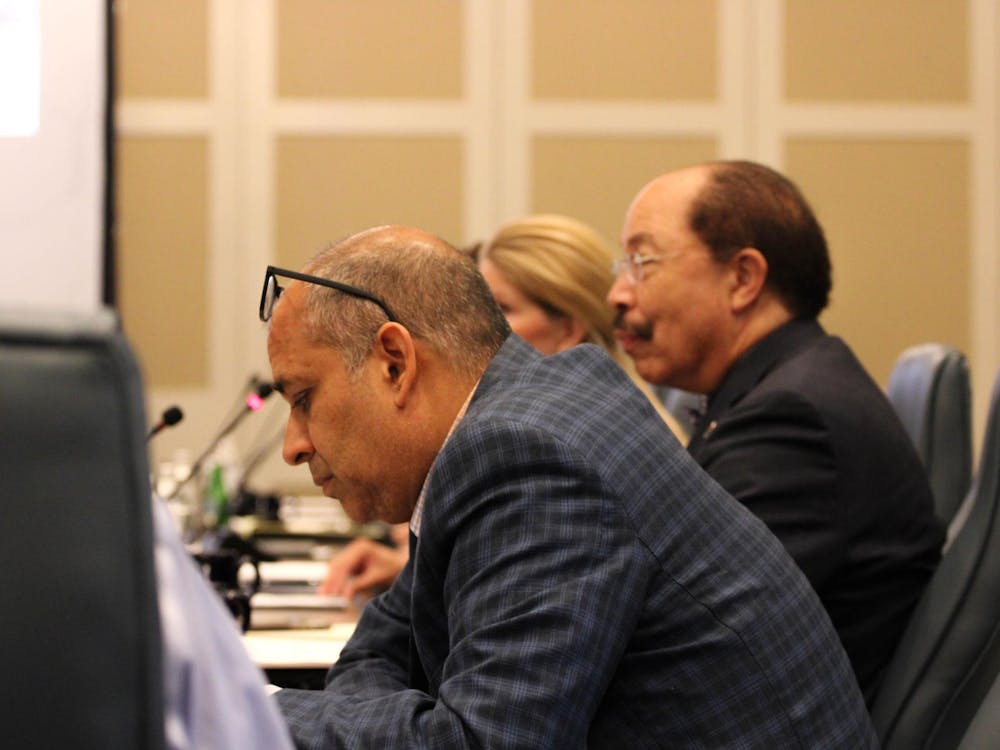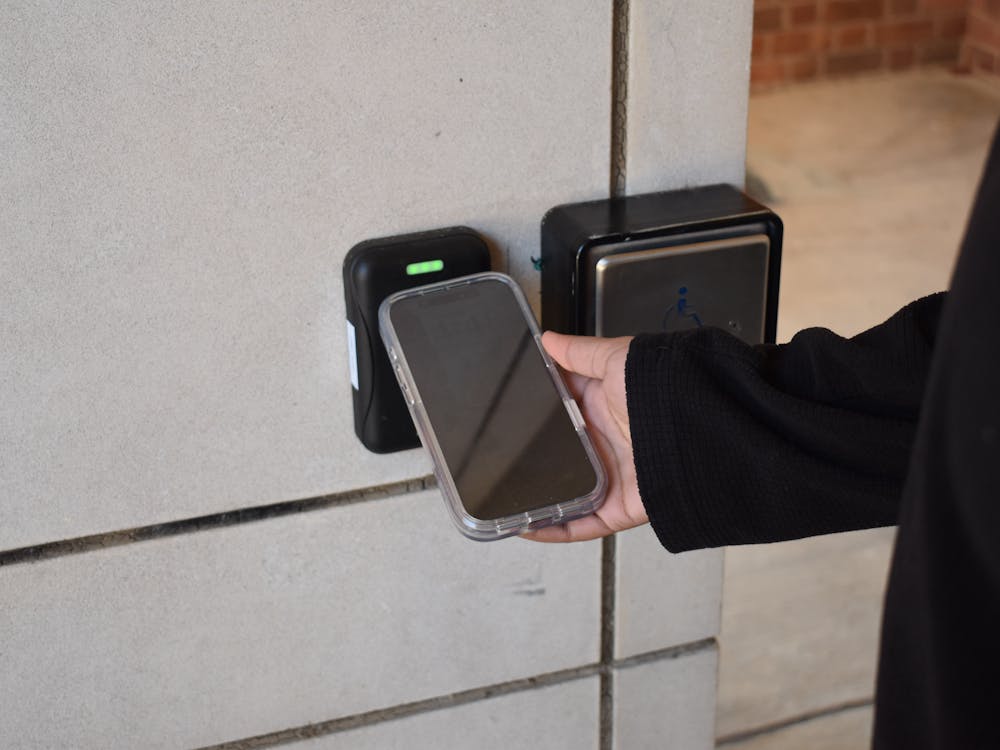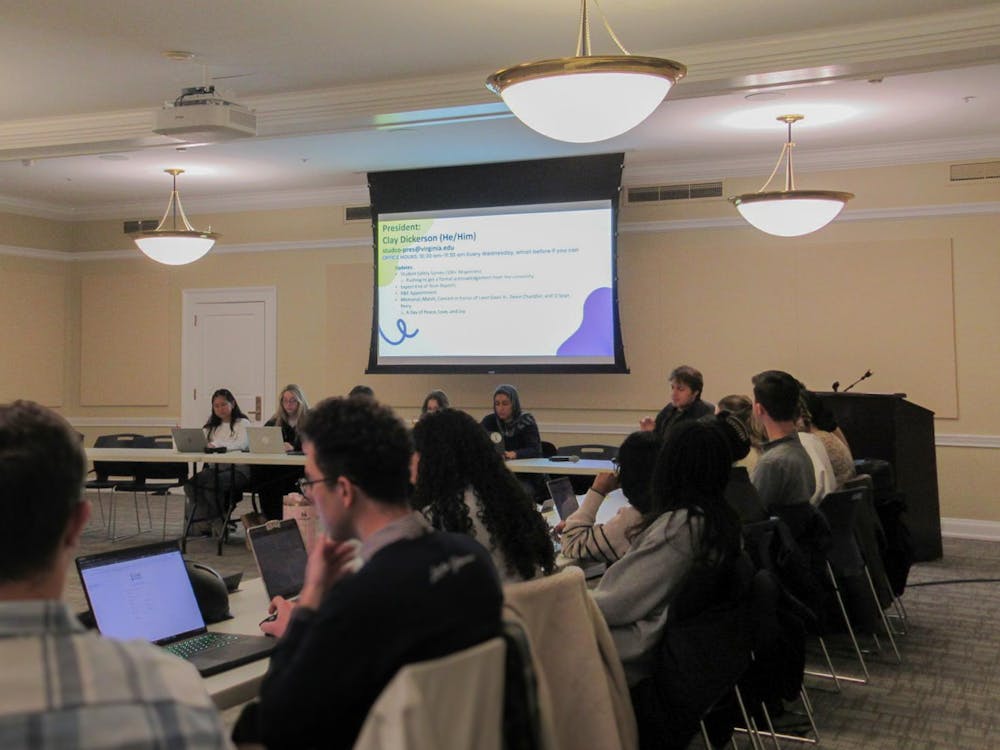A University teaching program is carving out a future that someday will include third-grade students using electronic encyclopedias to research alligators and teachers using chat rooms to discuss how to teach geometry.
The University announced Tuesday that the Classroom Technology Applications program, a University program developed through the School of Continuing Education, received national recognition from the Learning Resources Network (LERN).
The program, created by Linda Linnartz, director of the Roanoke Center for Continuing Education, awards teachers completion certificates for passing 15 credit hours of classes taken through seven University regional centers.
The program has received good marks throughout the state. Dennis Parks, associate dean of continuing education, said, "We've had 13,000 registrations. People have been very pleased, and we've had repeat customers."
The classes show teachers how to implement technological tools such as CD-ROMs, word processors and the Internet into their plans. Classes include "Lesson Design Utilizing the World Wide Web," "Using Technology as a Tool for Communication" and "Integrating Computer Technology into the Classroom."
The classes are designed to help teachers assimilate children into a high-tech learning environment, said Carl Clark, director of the regional programs in southwestern Virginia.
"Children will no longer write in longhand. They'll use word processing to write reports. Kids will use the Internet to research. And teachers need to teach them this. That's what this program is trying to do," Clark said.
He said Linnartz's program is necessary in a world populated by such trends as electronic books, live online chat and cheaper computers.
"As schools get more software aimed at teachers, they will need to incorporate more technologies. Students are expected to be [technologically] literate by the time they graduate from high school," he added.
Linnartz and Parks created the program in the spring of 1997 as a direct response to the Standards of Learning (SOL) tests that Virginia schools must pass in order to gain state accreditation, Parks said.
The program will help teachers adequately prepare their students for the technology portion of the SOL.
"Although the tests will not be implemented until 2007, there has been a great deal of anxiety," Parks said.
To ease these apprehensions, Parks and Linnartz have made it a goal that teachers should at least be able to use the technology that will be available in the classroom.
At a more advanced level, they hope teachers will be able to incorporate this technology as part of new teaching methods and as reliable resources for communication and research.
Students as young as eight years old will be exposed to this technology, and both Clark and Parks agree the early implementation will give students an advantage in the long run.
"We are becoming such a high-tech society now. These are just one of the many skills they must start to learn," Parks said.
Clark added, "Nobody can ignore it. Teachers need to know how to teach children how to use technology. Otherwise they will be ill-advantaged and ill-equipped for the future."






